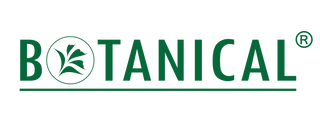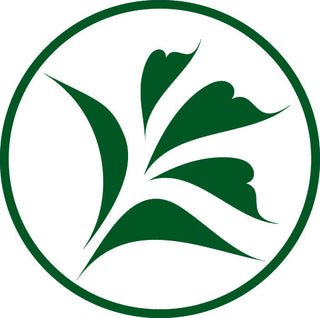Achieving healthy, long, and thick hair is more accessible than many believe—if you follow one essential principle: make your hair styling routine as gentle as possible to minimize damage to the hair shaft (source).
Understanding Hair Structure and Growth
Hair follicles are living structures, whereas the visible hair shaft consists primarily of dead, hard protein called keratin. On average, scalp hair grows about 0.3–0.4 mm each day—roughly 6 inches per year (source). When scalp care is prioritized, it optimizes this natural growth process and minimizes excess hair loss, resulting in hair that not only grows longer but also appears fuller.
At the base of each follicle is the dermal papilla, a region rich in tiny blood vessels that nourish hair-producing cells (research). Poor blood circulation to these papillae can lead to hair thinning or loss, which is why scalp treatments that enhance microcirculation are so important. Discover targeted scalp care solutions that help promote healthy blood flow.
Mechanical Damage and Its Effects
Mechanical damage—such as from harsh hairbrushes or hair extensions that pull excessively on the roots—can compromise the follicle and hinder growth (study). Over time, this extra stress can weaken follicles, further contributing to breakage and thinning.
Sebum: The Scalp’s Natural Moisturizer
Sebaceous glands in each follicle secrete sebum, an oily substance that naturally conditions both the scalp and hair (study). Imbalances—either too much or too little sebum—can signal scalp trouble, potentially leading to chronic dandruff and even contributing to hair loss. Balancing sebum levels is a cornerstone of most effective scalp care routines.
From Scalp to Shine: The Role of the Cuticle
Beautiful, shiny, and healthy-looking hair starts with a healthy scalp but is also maintained by protecting the cuticle—the outermost layer of the hair shaft. The cuticle consists of overlapped, shingle-like scales that reflect light for natural shine (research). When the cuticle is damaged by chemicals or heat, it leads to frizz, dullness, and breakage. Since the keratin that makes up your hair shaft is non-living, damage cannot be naturally "healed"—prevention and gentle care are essential.
Avoiding Chemical Damage
One of the most significant causes of irreversible hair damage is chemical abuse. Improper use of relaxers, hair dyes, and double-processing (such as relaxing followed by lightening) can deeply damage hair (study). Always consult professionals for such treatments, and seek out conditioning products that restore and protect hair integrity.
Vitamin E for Hair and Scalp Health
Vitamin E is a vital, fat-soluble antioxidant known for skin health and its anti-inflammatory benefits. Topical application of Vitamin E allows this nutrient to penetrate the epidermis and dermis, while sebum provides an effective delivery system for Vitamin E to the surface of the scalp (research). Here, Vitamin E accumulates in cell membranes and the extracellular lipid matrix, where it can help defend against oxidative stress. Many of our scalp care products are enriched with Vitamin E to support scalp and hair health.
Ready to maintain a healthy scalp, prevent hair shaft damage, and promote thriving hair? Discover our scientifically formulated, natural scalp care collection at Botanical Green Lab.




